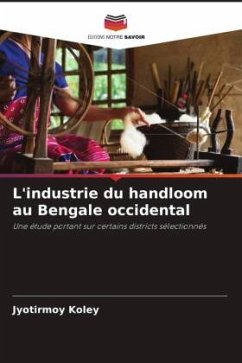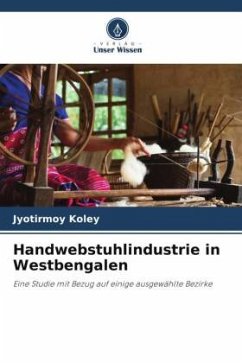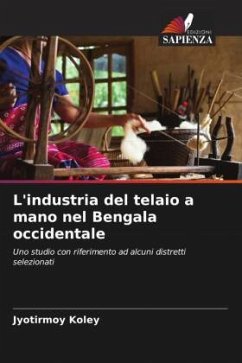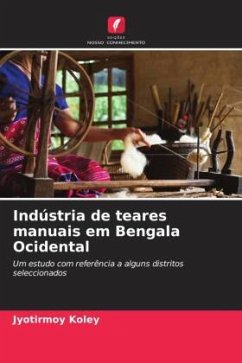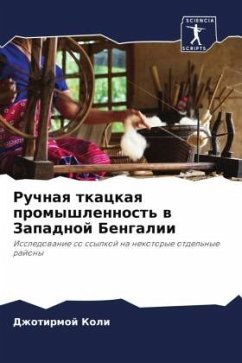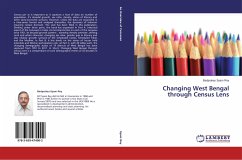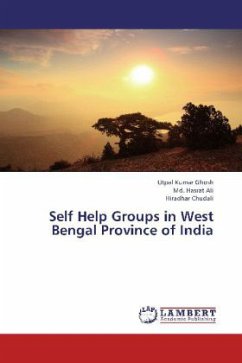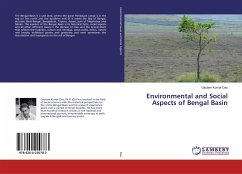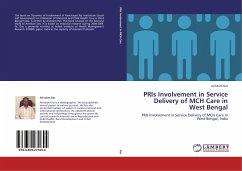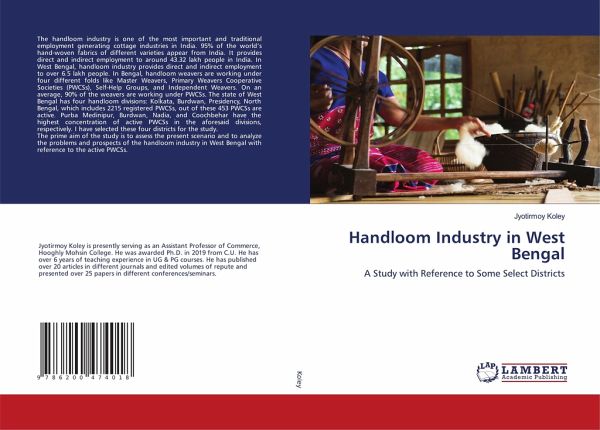
Handloom Industry in West Bengal
A Study with Reference to Some Select Districts
Versandkostenfrei!
Versandfertig in 6-10 Tagen
47,99 €
inkl. MwSt.

PAYBACK Punkte
24 °P sammeln!
The handloom industry is one of the most important and traditional employment generating cottage industries in India. 95% of the world's hand-woven fabrics of different varieties appear from India. It provides direct and indirect employment to around 43.32 lakh people in India. In West Bengal, handloom industry provides direct and indirect employment to over 6.5 lakh people. In Bengal, handloom weavers are working under four different folds like Master Weavers, Primary Weavers Cooperative Societies (PWCSs), Self-Help Groups, and Independent Weavers. On an average, 90% of the weavers are workin...
The handloom industry is one of the most important and traditional employment generating cottage industries in India. 95% of the world's hand-woven fabrics of different varieties appear from India. It provides direct and indirect employment to around 43.32 lakh people in India. In West Bengal, handloom industry provides direct and indirect employment to over 6.5 lakh people. In Bengal, handloom weavers are working under four different folds like Master Weavers, Primary Weavers Cooperative Societies (PWCSs), Self-Help Groups, and Independent Weavers. On an average, 90% of the weavers are working under PWCSs. The state of West Bengal has four handloom divisions: Kolkata, Burdwan, Presidency, North Bengal, which includes 2215 registered PWCSs, out of these 453 PWCSs are active. Purba Medinipur, Burdwan, Nadia, and Coochbehar have the highest concentration of active PWCSs in the aforesaid divisions, respectively. I have selected these four districts for the study. The prime aim of the study is to assess the present scenario and to analyze the problems and prospects of the handloom industry in West Bengal with reference to the active PWCSs.



